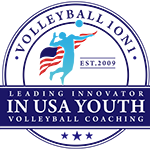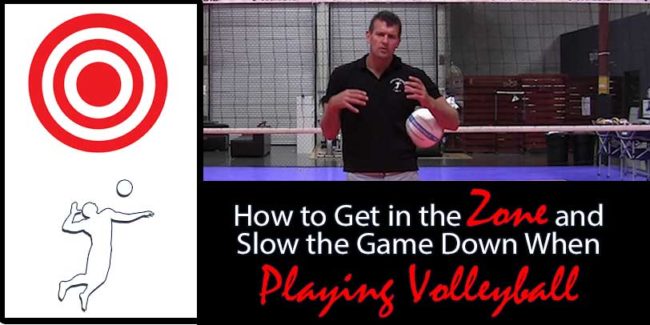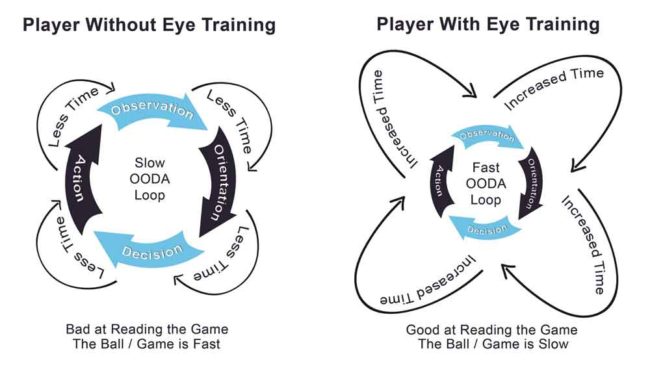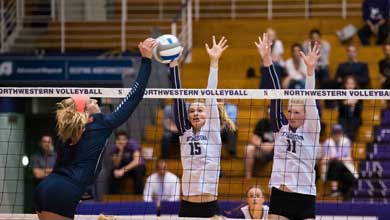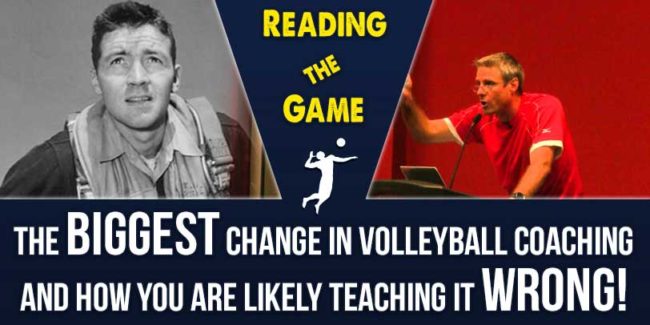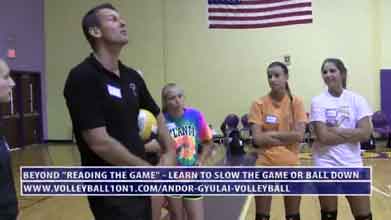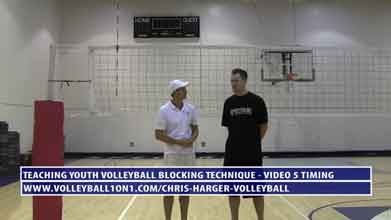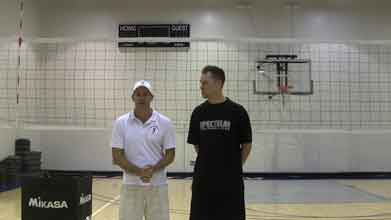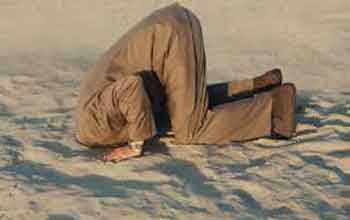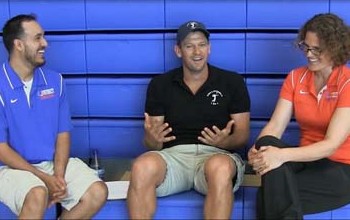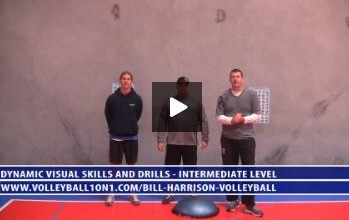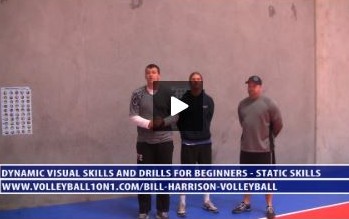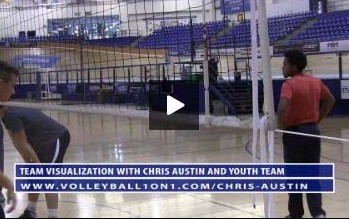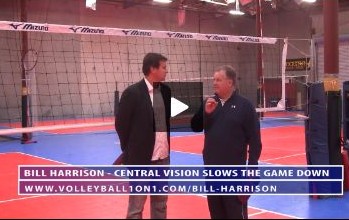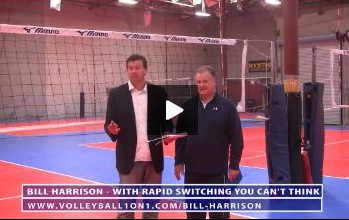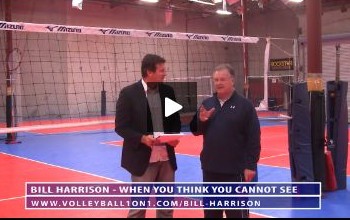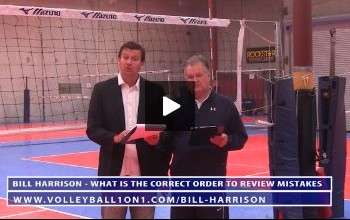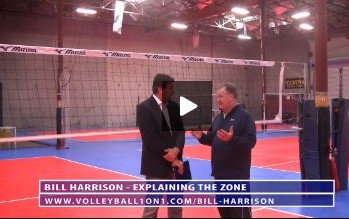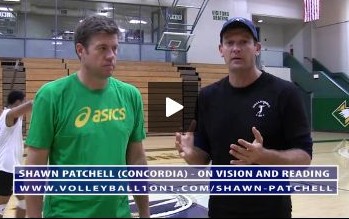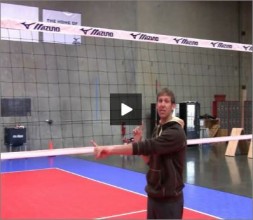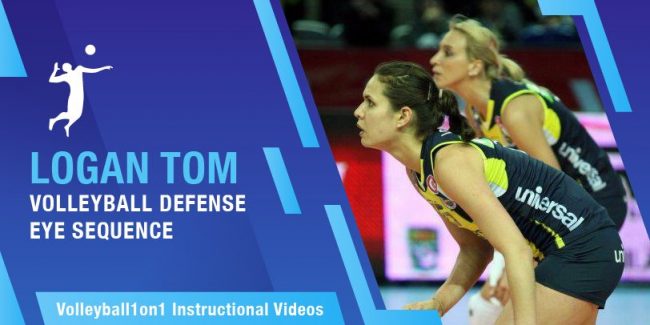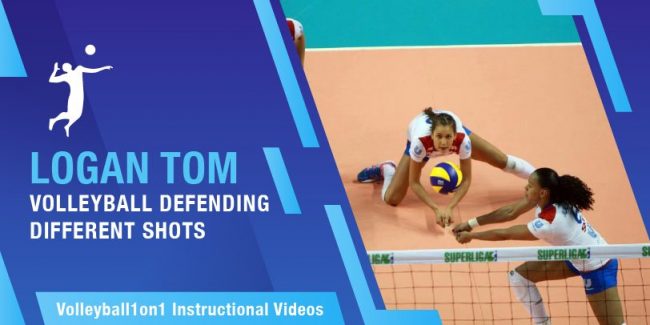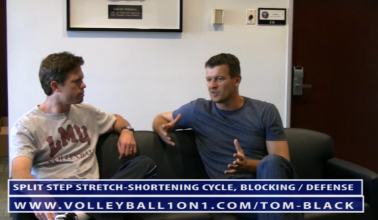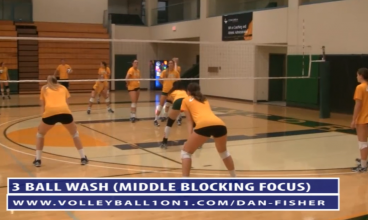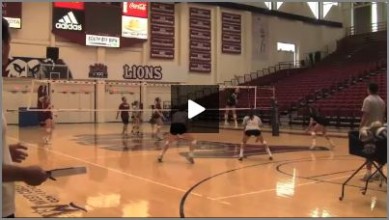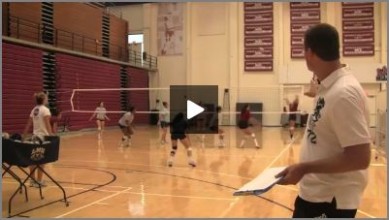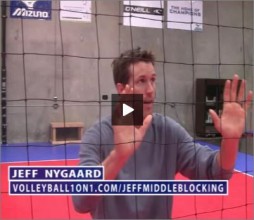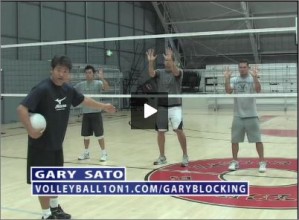Volleyball vision and using vision in order to read the game better is one of the most important for volleyball success. The best players in the world including Karch Kiraly, Sinjin Smith, Eric Fonoi, Stein Metzger, Logan Tom are experts at volleyball vision and seeing the right things and where to look. The information including videos and drills will help better see when playing volleyball. Also for coaches how to teach your players to see and have better vision when playing volleyball.
This video was filmed for our AVCA Video Tip of the Week series with Andor Gyulai. I filmed this video to share some of the concepts I learned with Dr. Bill Harrison about volleyball vision and reading the game.
There are roughly 640 muscles in the human body. Athletes spend an inordinate amount of time training and strengthening almost every single one of them. Yet there are six that are often forgotten: the Superior Oblique, Superior Rectus, Medial Rectus, Lateral Rectus, Inferior Rectus, and Inferior Oblique. Or, simply put: Your eyes. The aforementioned six…
A tale of two volleyball players, what defines a good player vs. a great player and how you can help your players become great? The sport of volleyball has undergone a wide variety of changes over the better part of the last decade: the scoring has changed, rules involving the net have changed, even the…
Billions of dollars have been spent since the 50’s on research related to the OODA Loop and military warfare. Many of those same, researched concepts can be applied volleyball. In this diagram we show you how many of our ideas on “Reading the Game” and “Volleyball Strategy” come together in one philosophy and diagram.
One important area that is not empathized enough on defense is the physical orientation of the set and players getting meaning from the set as it relates to defense both blocking and digging. To help overcome this challenge I have created a fun acronym, “I.T.S.S.” to help players understand this is the first thing they should look for when “reading the game” on defense.
In reviewing volleyball coaching as a whole “Reading the Game” is the biggest change in volleyball coaching in the last 5 years. In review “Reading the Game” is the skill I most often hear high school and club coaches struggle to teach and are most interested in learning. Yet the majority of experts are teaching “Reading the Game” wrong in my opinion! In this article I will review how the most successful fighter pilot in USA Airforce history may offer a better way and why!
“Reading the game is the premier skill in volleyball” – Karch Kiraly. I DISAGREE! Great players and coaches go beyond “Reading the game” and have or coach the ability to slow the ball and game down after they receive information from their opponents. This FREE Video will show you how to do this successfully!
In this videos Chris Harger focuses on timing and setting the block as it relates to coaching youth volleyball blocking technique. Points discussed include: timing, where to set the block based upon the attack, tips for blocking the attacker and more.
In this videos Chris Harger focuses on vision and “Reading the game” as it relates to coaching youth volleyball blocking technique. Points discussed include: Visual sequence, ball – setter – ball – hitter, reading the setter, examples; overrunning the ball, dropping their hands, arching the back, set against the flow, reading the hitter, plus more.
I would like to share an easy to use and easy understand example of how to OODA Loop your opponent using Hick’s law. This example was used on me initially quite effectively by my good friend Colin Pockock (Age 44) in South Africa who is a former beach volleyball Olympian who took a 9th at the 2004 Olympics. I think he is the best beach player in South Africa volleyball history.
In our work with Dr. Bill Harrison (Sports Eye Doctor to Top Sports Stars) we have discovered humans cannot think and see at the same time! Yet many coaches ignore this fact and because of their own coaching styles and lack of knowledge about vision actually negatively impact their players on the court during matches.
This is a series of 5 Intermediate Visual Drills and Skills we filmed with Bill and Ryan Harrison of SlowTheGameDown.com. Bill and Ryan are leaders and pioneer in the area of vision for sports. SlowTheGameDown, their company has been training elite hall of fame athletes for over 40 years. For Volleyball Bill has worked with Hall Famers Flo Hyman and AVP star and current USA coach Matt Fuerbringer.
This is the first of 5 Static Visual Drills and Skills we filmed with Bill and Ryan Harrison of SlowTheGameDown.com. Bill is a leader and pioneer in the area of vision for sports. SlowTheGameDown has been training athletes for over 40 years. From as early as George Brett (Baseball Hall of Fame) in 1971 to currently the 2013 World Champion San Francisco Giants.
This video features Chris Austin taking his team through a early practice volleyball visualization exercises. This is a the first time we have filmed this in practice, yet volleyball visualization it not something unheard of. For Example we have filmed practices with Tom Black where the team has done visualization before or after practice.
In this video Bill Harrison describes and teaches about central vision and how this skill if used correctly can significantly slow the game down. The problem is this skill has real physical limitations and it is important to understand these limitations when using the skill to improve athletic performance.
In this video Dr.Bill Harrison discusses how the rapid switching of your eyes stops thinking and forces only seeing. This is an extremely powerful concept that can be used by players to eliminate the focus on past errors that just happened and rather focus on the coming next play.
In this video Bill Harrison explains a critical idea for improving athletic performance. When You Think You Cannot See! This video will also help you be a better coach and also talk less, especially during games! 🙂
Until recently most coaches were flat out wrong as too why an error occurred in the kinetic chain of motor skill movement as it relates to sports. For most coaches the focus of the breakdown will generally be perceived as a breakdown in technique or a breakdown in mental concentration. What is interesting is that nothing could be further from the truth. Most mistakes in sports occur because of a breakdown in vision.
In this video Bill Harrison discusses important concepts as they relate to the zone, the peak the of athletic performance.
In this video Shawn discusses important points regarding reading the game and volleyball vision. Shawn has worked closely with some of the best in this area of volleyball on the national team and in this video it shows. This videos also brings home some of the important points on vision and blocking that were worked on in the 5 In, 5 Out of System Drill Earlier.
Stein presents part 12 of 27 for setters. Discussed is how to see what the defense is doing while setting. This is a advanced principal and critical for success at the higher level.
Logan Tom coaches the correct eye sequence and awareness of for players when playing defense in position six.
Logan Tom demonstrates how to dig several different shots when playing volleyball defense.
Tom and Andor have an in depth talk over how this new technique “Split Step Stretch-Shortening Cycle” borrowed from tennis converts to volleyball. Note we have included the videos of the drill in action too.
This series of videos contain the 3 ball wash volleyball drill for middle blockers. This great drill helps middle blockers with eye sequences and footwork. This helps middles with obvious game situation moves that often get neglected because they are not practiced successfully! Additionally it helps middles and blockers more successfully read the game, plus focus on watching the hitters arm swing.
Hitters vs. Diggers Drill and Hut to Five Drill. Great series of drills that work on numerous skills for all levels of volleyball players.
Hut to Five volleyball drill – Is a drill run early in the season to help middles with their eye sequence and to help them have better technique and make better moves when they block. Additionally it is a great drill for outside hitters to work on attacking as well as for defense to work on defending the outside attack.
Priscilla demonstrates a court vision beach drill. The drill has the hitter use their peripheral vision to hit to a coach, without a call from the setter.
Jeff presents a series of videos on middle blocking. This set starts with the correct eye sequence, goes through the best form and technique and finishes with advanced reads of the opponents offense.
Blocking in volleyball has evolved as the speed of the game continues to increase. Gold medal coach Gary Sato presents the basics of how to block effectively.
1. Thirds is the basic building blocks of blocking. Each front row player is assigned a specific section of the net.
